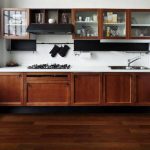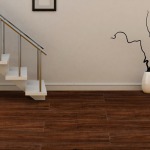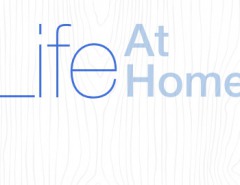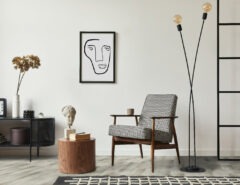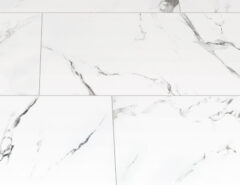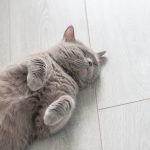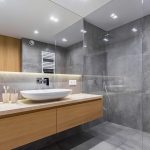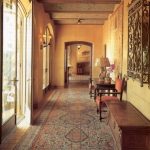In our buying bamboo floors miniseries so far, we’ve talked about color and of cut, two major areas that will be important to any decision-making process when it comes to a new floor. In this third and final chapter, I’d like to talk about another area to consider when buying bamboo floors; surface treatment.
We’ve already mentioned stained bamboo floors and direct print bamboo floors in the post about color. Technically, these are two important surface treatments as well, simply because they change the look of the floor and the overall effect the floor has in the space. But, here are a few more surface treatments to consider in bamboo floors.
The first bamboo floor surface treatment is handscraped bamboo floors. This choice is attractive to many consumers because it adds a textural element to the surface of a bamboo floor. The subtle contours of each broad groove created by handscraping naturally complement the ‘knuckle’ patterning of the bamboo. And in the case of handscraped stained bamboo, consumers concerned with sustainability can get the look and color of an exotic wood floor with a similar handscraped effect while investing in a supernally attractive and renewable bamboo.
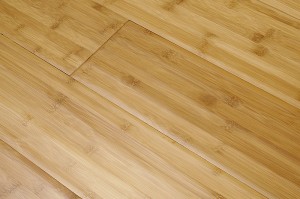
The second bamboo flooring surface treatment is the engineered bamboo floor. While the surface appearance hasn’t really been treated in quite the same way as a handscraped floor, the surface is still the primary focus – so I figure it’s fair game for this installment! What the engineered bamboo floor allows is a veneer of bamboo over a core layer, which allows a greater level of stability. And, it’s an even more environmental choice since less natural material is actually being used. The surface in this case gives the illusion of a solid floor, with all of the functionality and ease of installation comparable to a laminate.

And a third choice in bamboo floor surface treatment is what’s called a French bleed effect. This effect doesn’t come from the bamboo surface so much as from the micro-beveling between each board. This space between the boards are stained a darker color than the board surface, which creates an outlining effect, demarcating the divisions between each board across the surface of the floor. This effect has been a feature in many hardwood floors for many years, and is now more recently available to the bamboo floor consumer, too.

The great part about all of this, is that this isn’t an either/or set of choices. There are many combinations of surface treatments for bamboo floors. It is possible, for instance, to get a handscraped stained engineered bamboo floor with a French bleed edge. Further to that, you can still choose a vertical or horizontal pattern, or a strand-woven pattern as well, with many of these features combined therein.
At this point in history, bamboo flooring is being celebrated in the mainstream more and more. And as this trend continues to develop, more and innovation is being aimed at new bamboo flooring manufacturing. Hopefully, this little miniseries has helped lay out some of the basics for everyone.
Cheers,
Rob.

